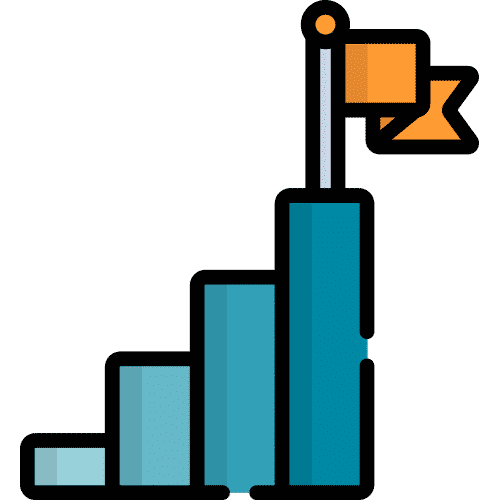1. Multi-Modal Stimulus
Using keywords on whiteboards is helpful to those with aphasia, as your clients are able to see the word, read the text, and/or see a drawing of the word—all of which aid in their ability to understand and ultimately communicate.
2. Communication through Drawing
A person with aphasia can benefit from using a whiteboard, because it allows him or her to write or draw a key word, sentence, or the initial letter of a word when it’s difficult to produce the desired message verbally.
3. Expression through Color
The ability to use multiple colors to express a word, thought, or idea can be extremely helpful to someone with communication disorders, especially if those ideas can be captured on a high-tech AAC device (labeled with words and a recording of those words). For example, if someone is trying to draw a picture of grass, it is extremely helpful to use a green marker and possibly a blue marker to represent the sky, making the icon much easier to identify.
4. Convenient Communication Aides
The uses for the whiteboard are highly practical and efficient. For example, in any given day, your clients may need to communicate with their caregiver, doctor, nurse, receptionist, and therapist. Having the whiteboard tool on an AAC device enables them to draw, write, and/or create icons to convey their desired grocery list items, medical symptoms/issues, and therapy assignments so that in-person interactions go smoothly and efficiently. Whiteboards save time and cut down on frustrations for people with speech disorders, making communication much easier and more pleasurable.




